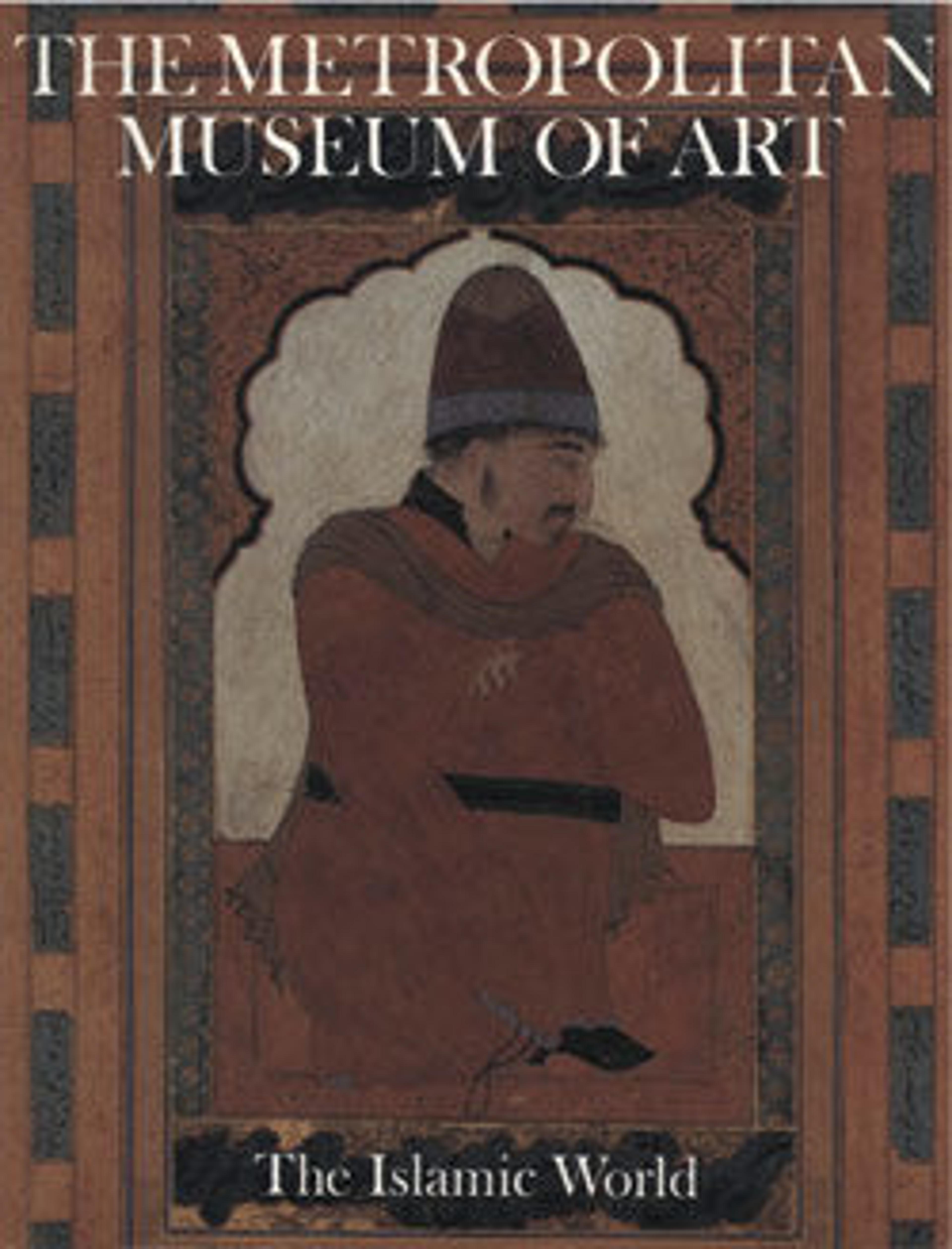Lion at Rest
The Mughals had a great predilection for Indian fauna. Muraqqa (single-page) paintings with animal portraiture developed into a separate genre during the Mughal period. For the Mughals, lions symbolized power and when accompanied by a lamb or calf signified the existence of peace and justice. This painting, one of the early works of Mansur, belongs to the period of Akbar and shows a resting lion reclining in the bulrushes besides the edge of a lake where birds perch and flit amidst the bamboo grove. The lion raises his hind legs while lightly crossing the fore paws in one of his natural poses. The sense of an idyllic landscape is enhanced by insects hovering in search of flowering plants. The three different size borders that frame the painting are embellished with ghubara (fine gold sprinkling) and shafaq (coarse gold application) technique, and the outer most with stylized floral and leaf motifs on a slender vine.
Artwork Details
- Title:Lion at Rest
- Date:ca. 1585
- Geography:Attributed to India
- Medium:Ink, opaque watercolor, silver, and gold on paper
- Dimensions:Painting: H. 8 in. (20.3 cm)
W. 6 in. (15.2 cm)
Folio: H. 15 in. (38.1 cm)
W. 10 1/4 in. (26 cm)
Mat: H. 19 1/4 in. (48.9 cm)
W. 14 1/4 in. (36.2 cm)
Frame: H. 21 3/4 in. (54.6 cm)
W. 16 3/4 in. (42.5 cm) - Classification:Codices
- Credit Line:The Alice and Nasli Heeramaneck Collection, Gift of Alice Heeramaneck, 1985
- Object Number:1985.221
- Curatorial Department: Islamic Art
More Artwork
Research Resources
The Met provides unparalleled resources for research and welcomes an international community of students and scholars. The Met's Open Access API is where creators and researchers can connect to the The Met collection. Open Access data and public domain images are available for unrestricted commercial and noncommercial use without permission or fee.
To request images under copyright and other restrictions, please use this Image Request form.
Feedback
We continue to research and examine historical and cultural context for objects in The Met collection. If you have comments or questions about this object record, please contact us using the form below. The Museum looks forward to receiving your comments.
